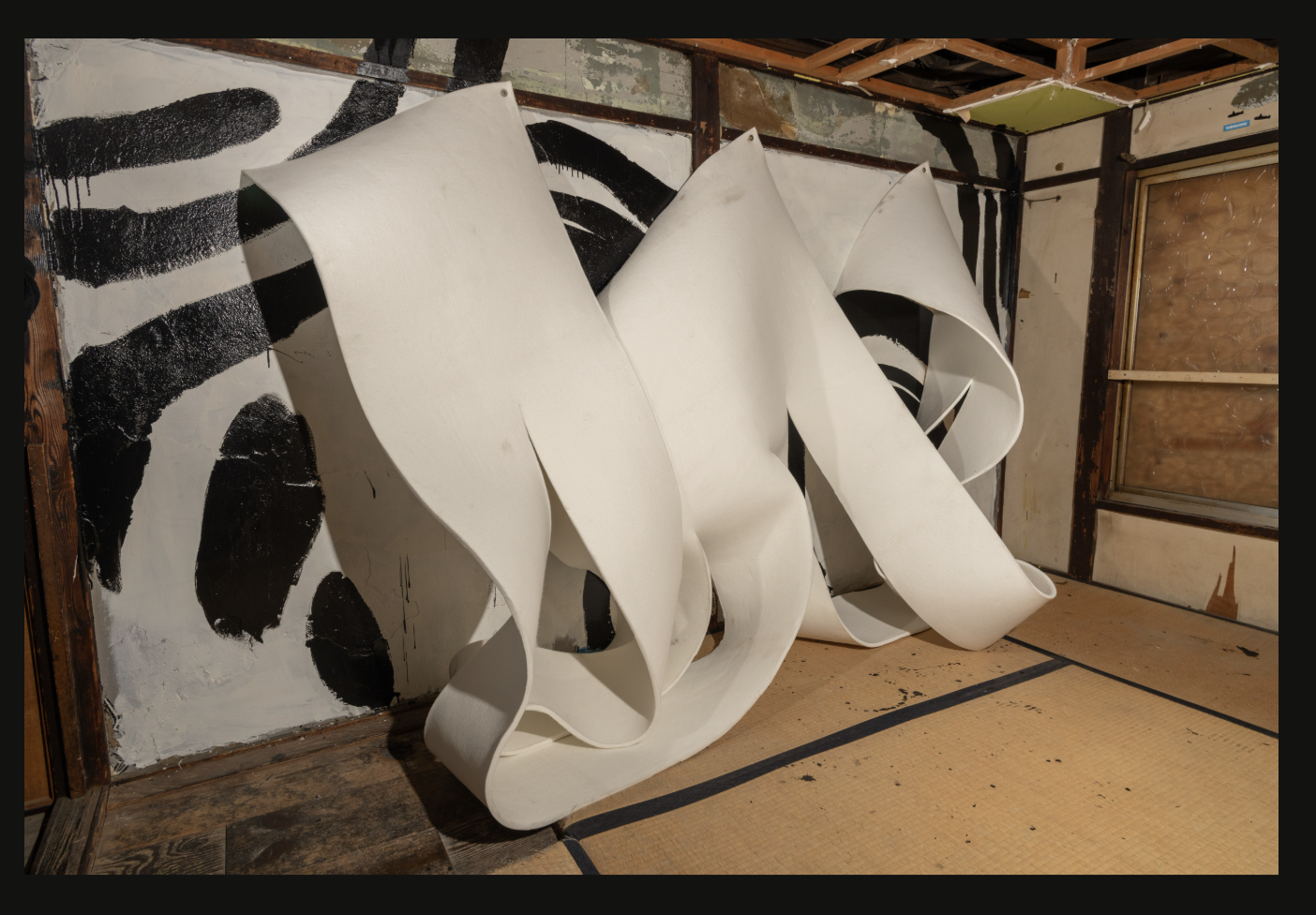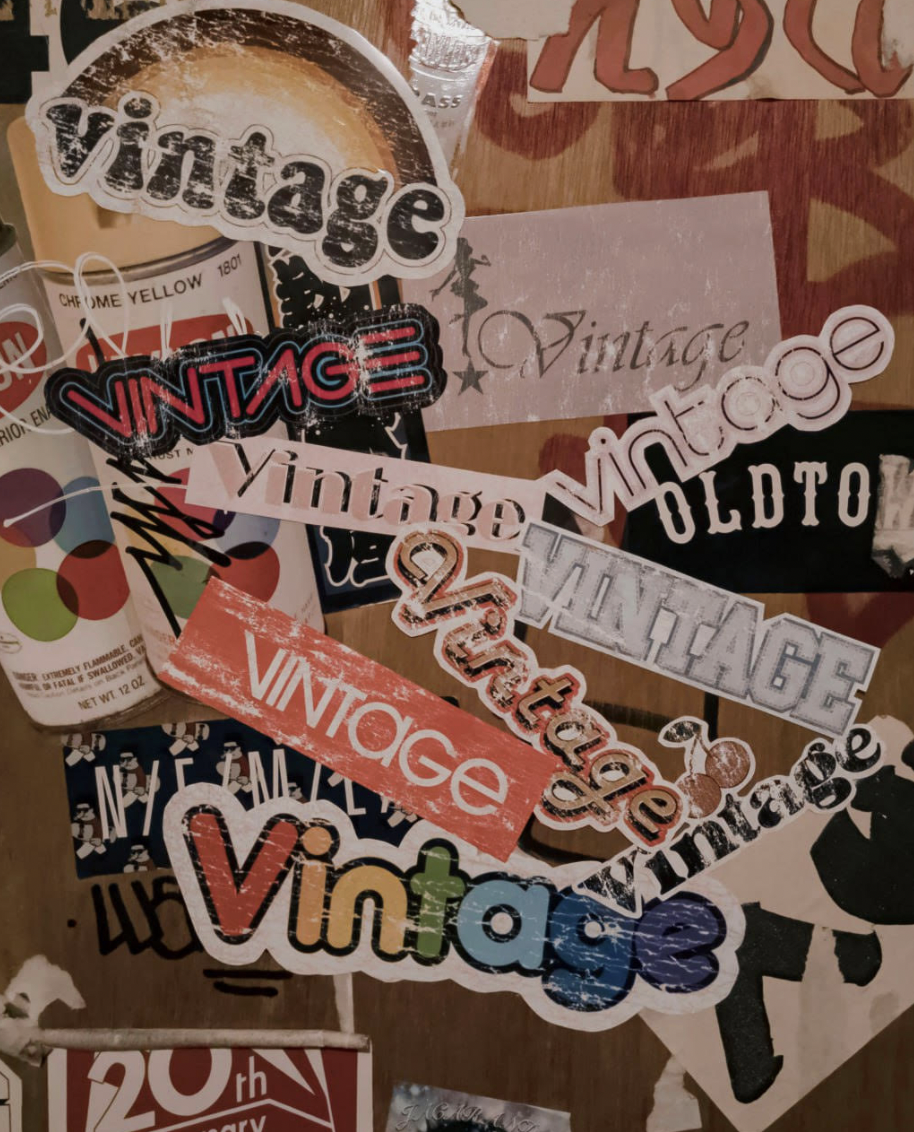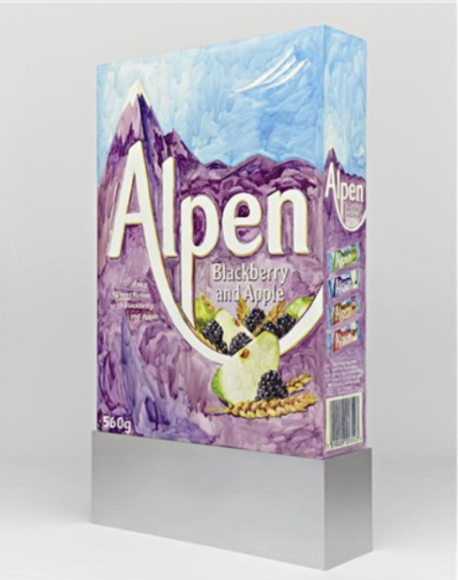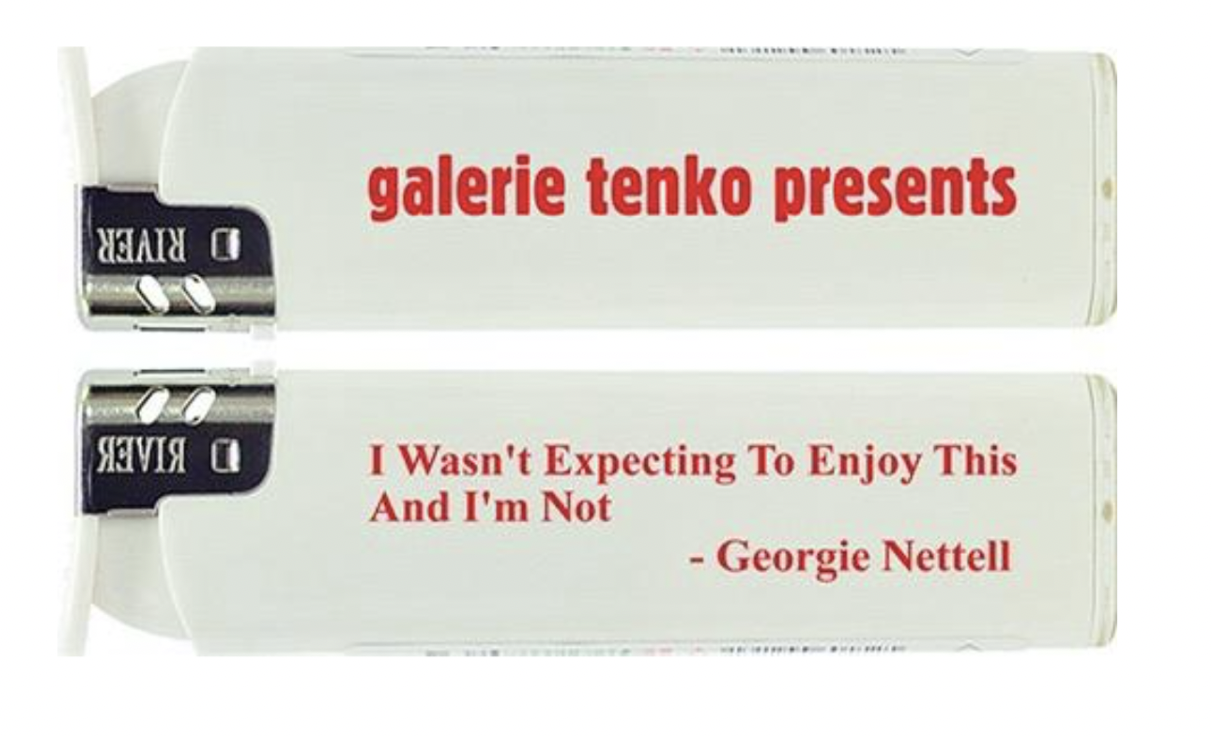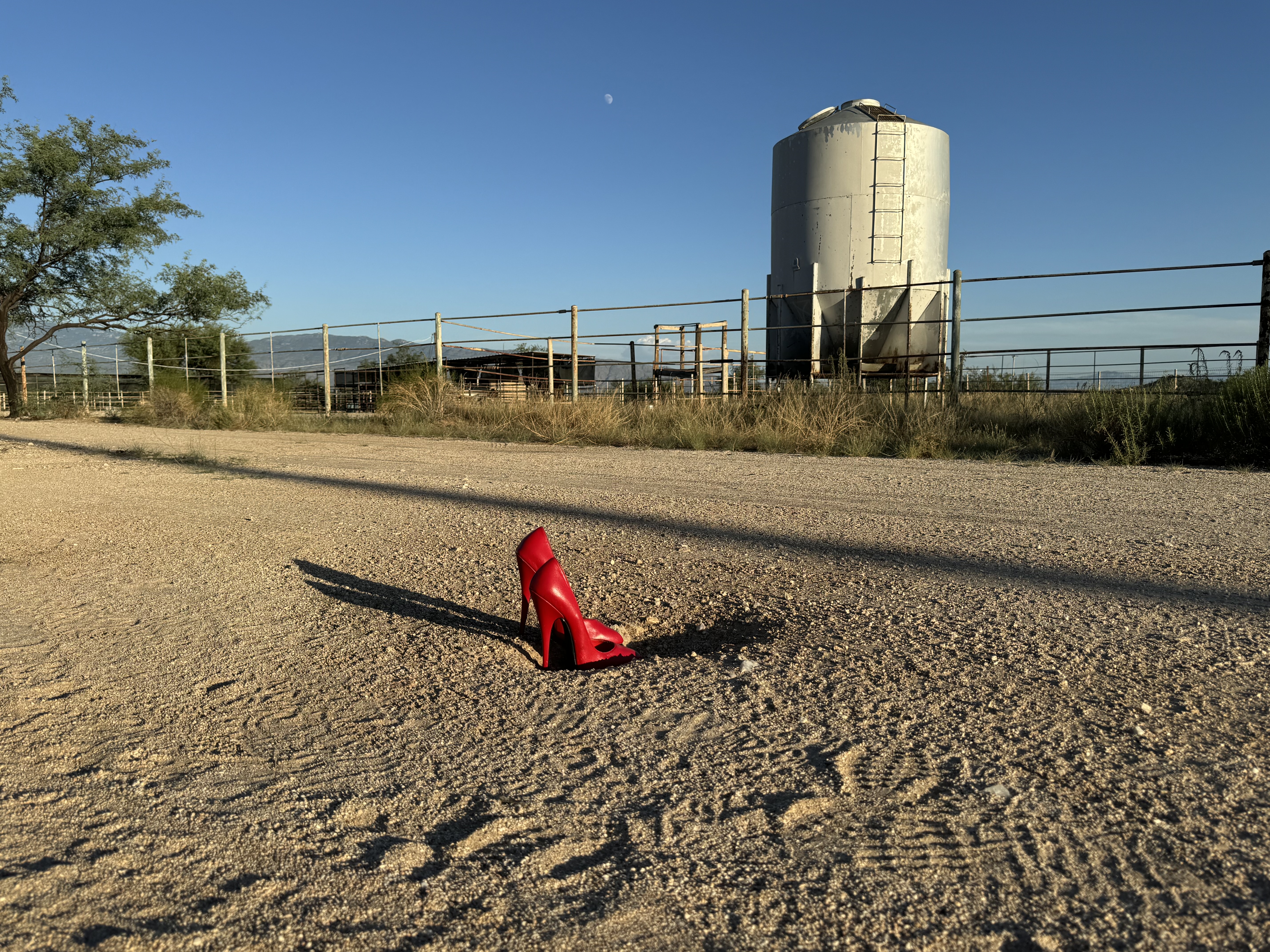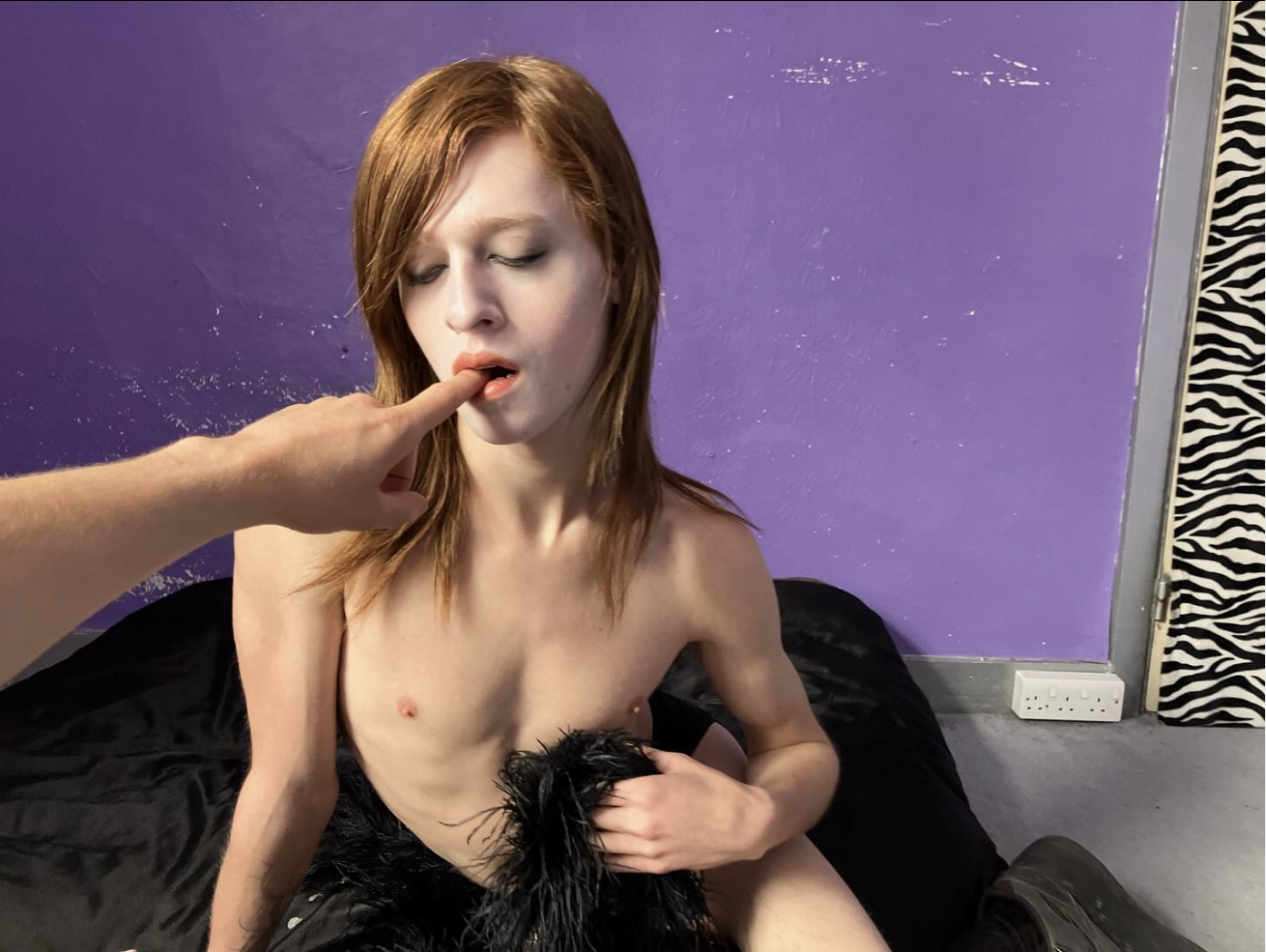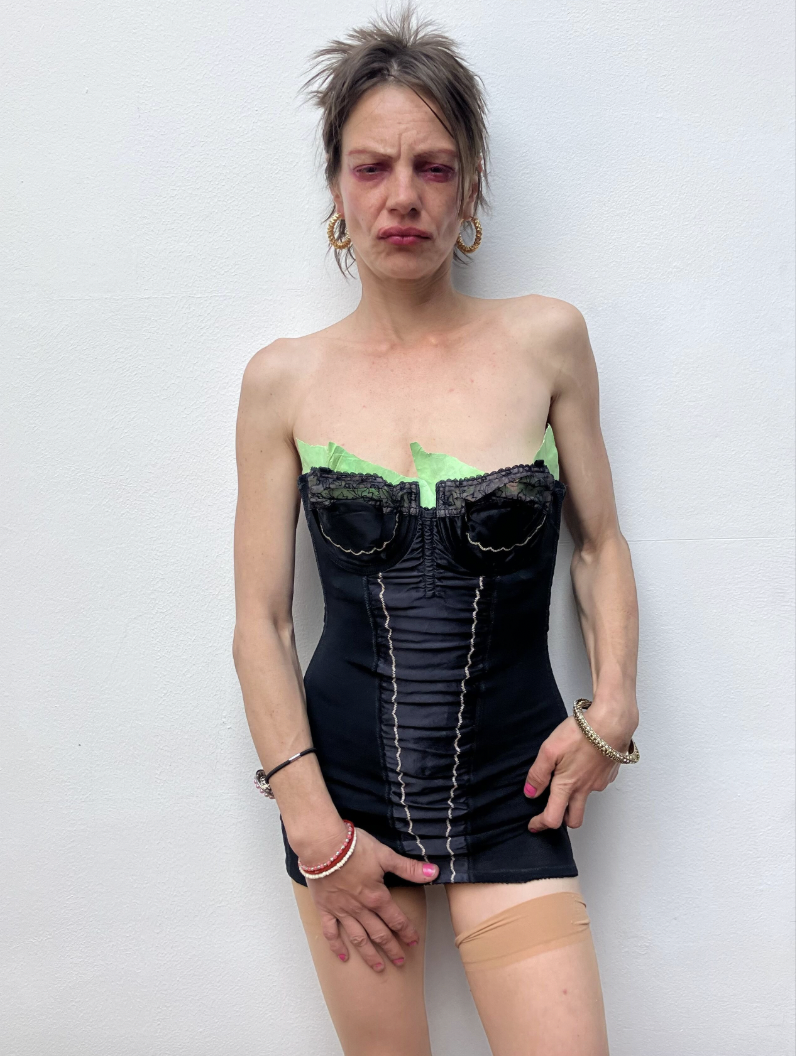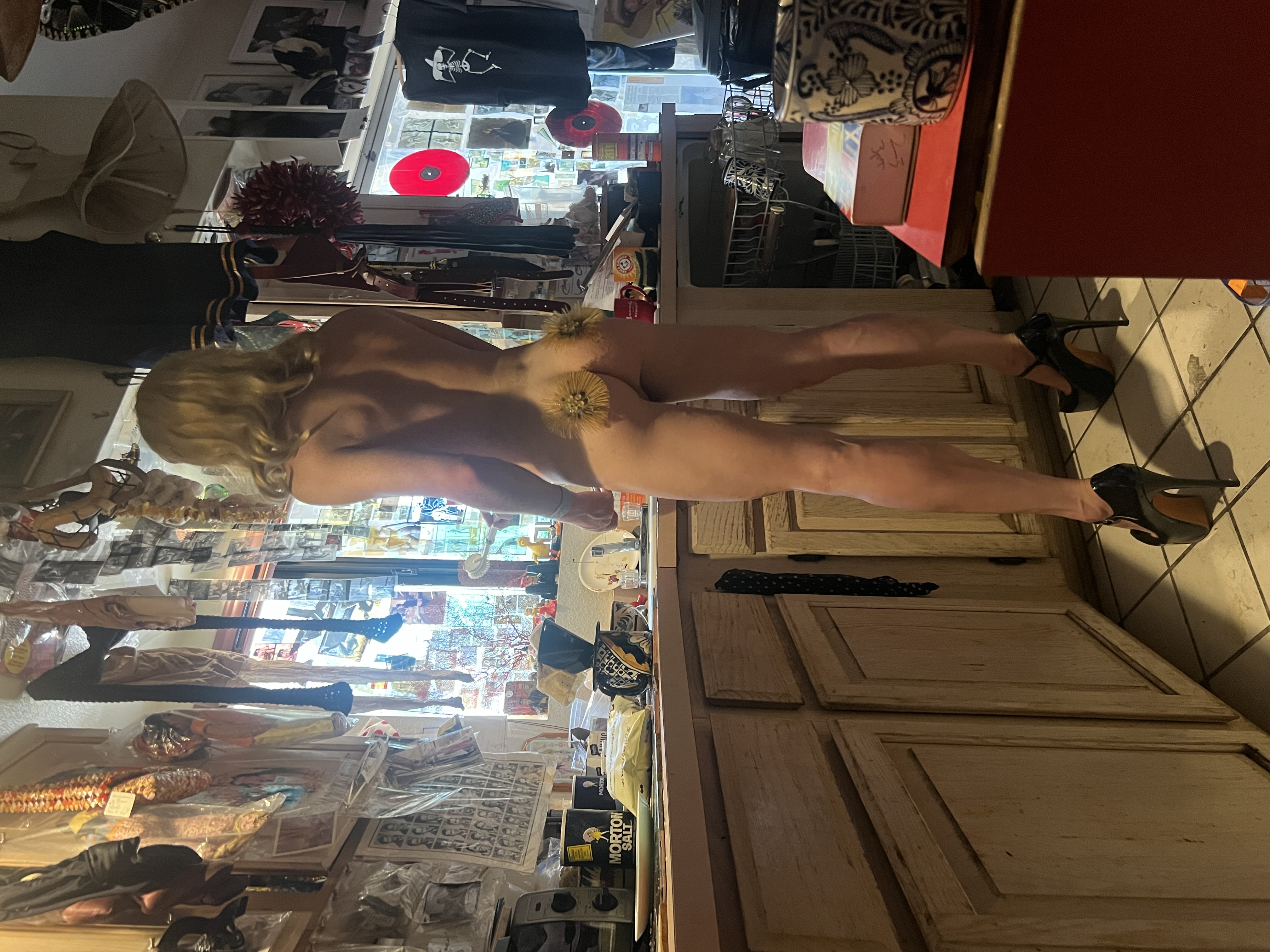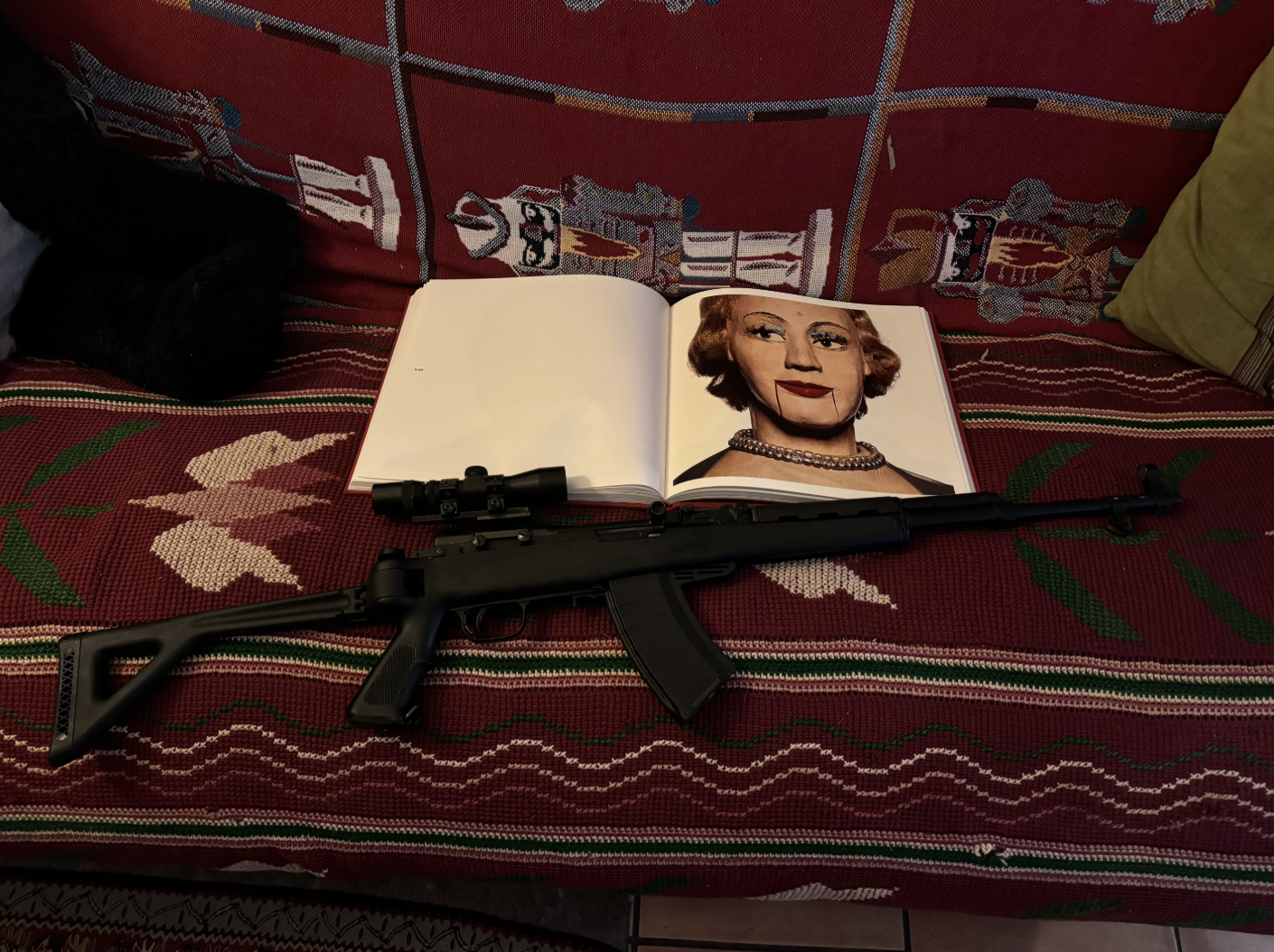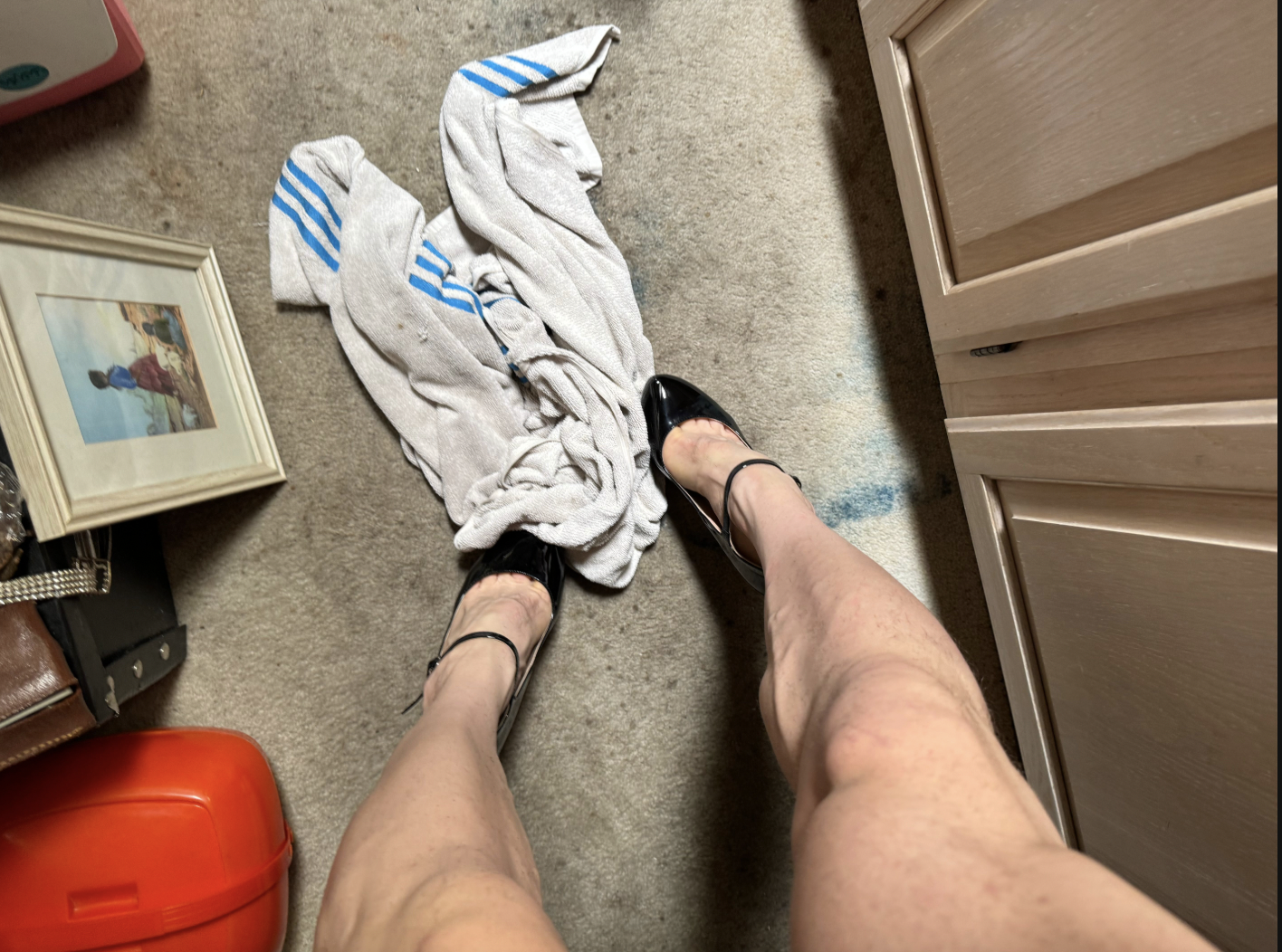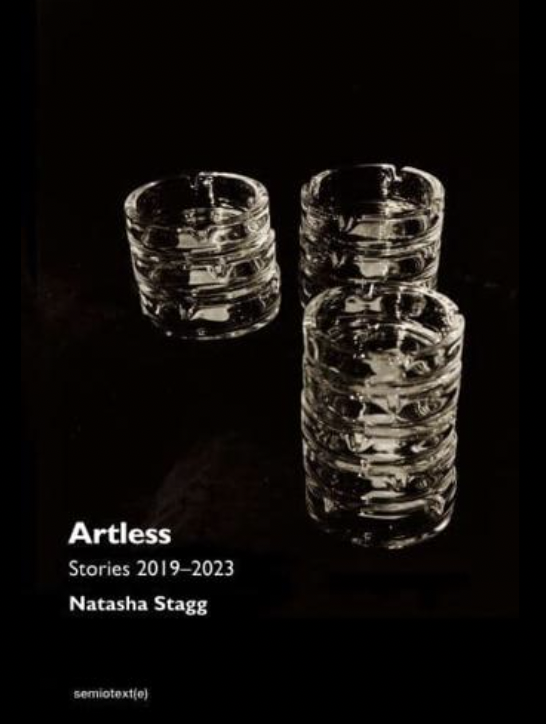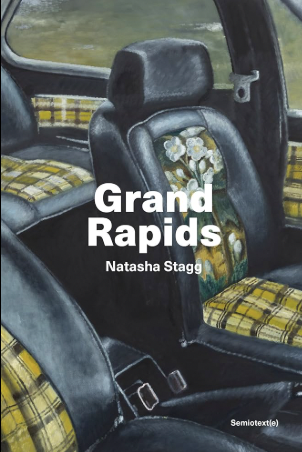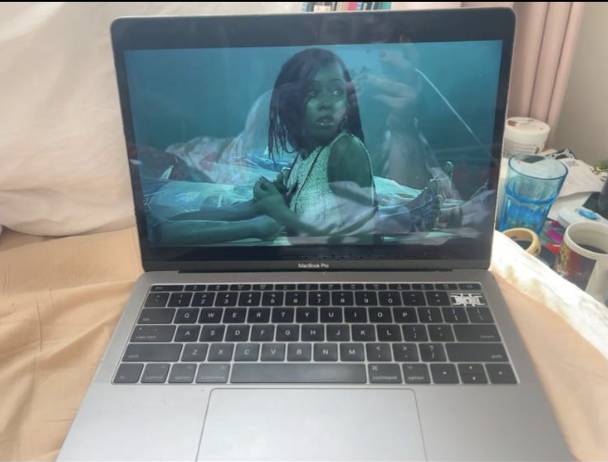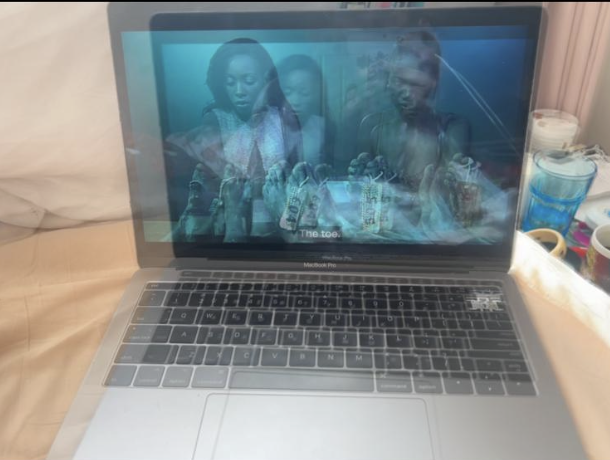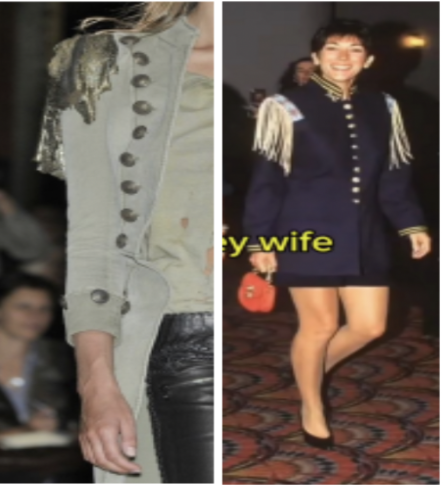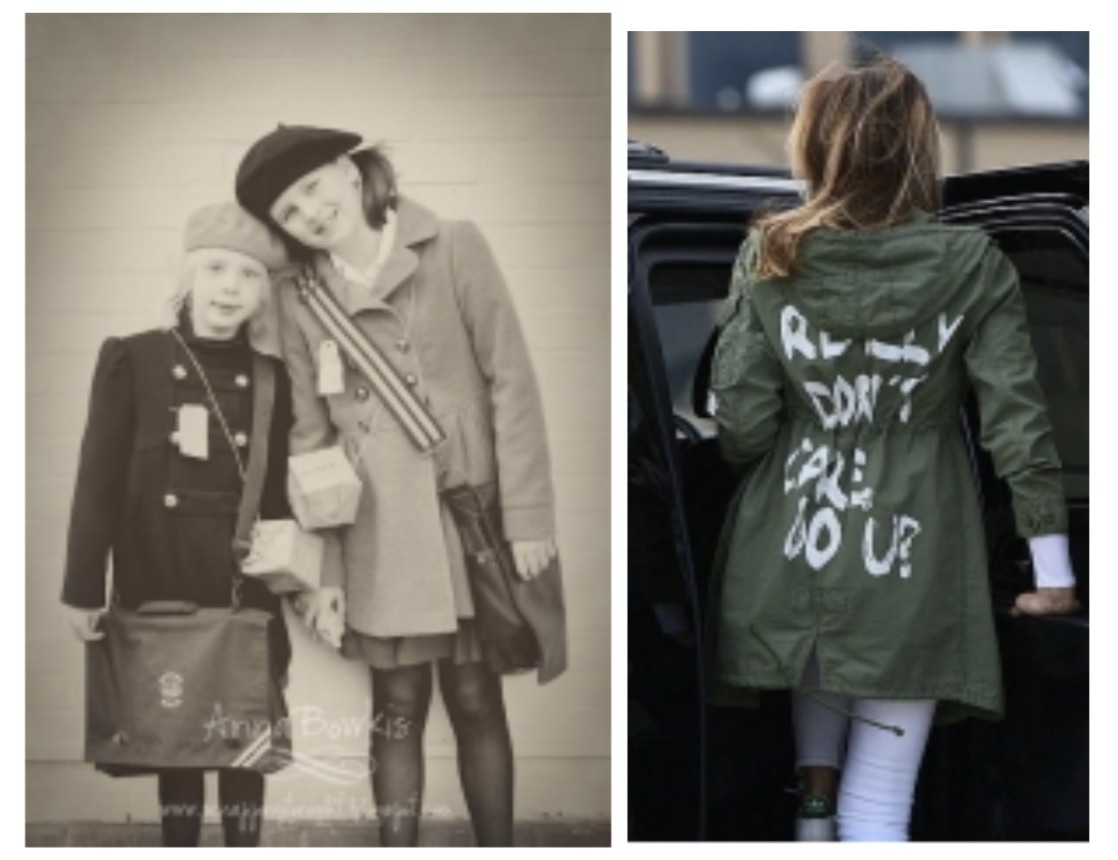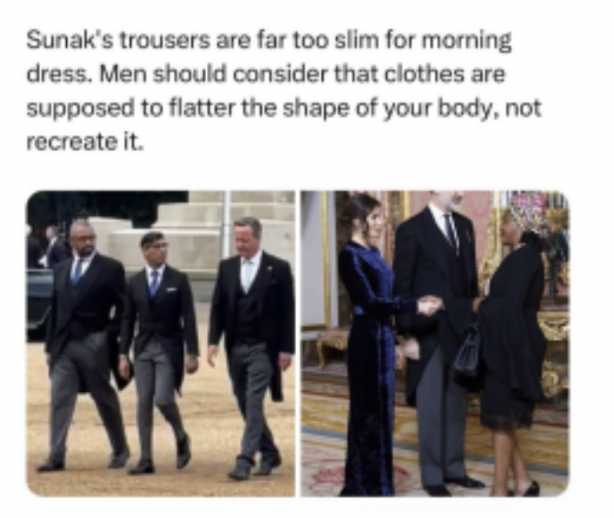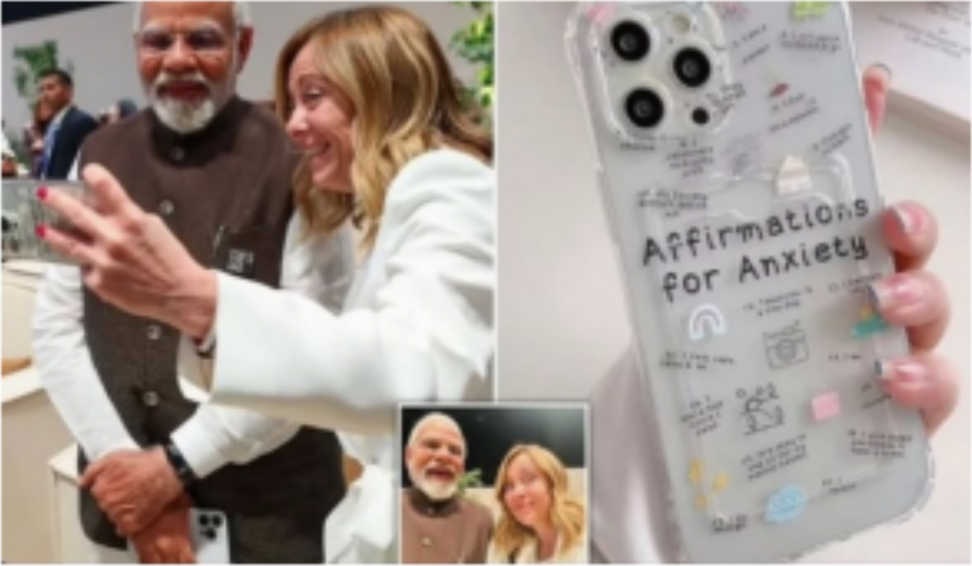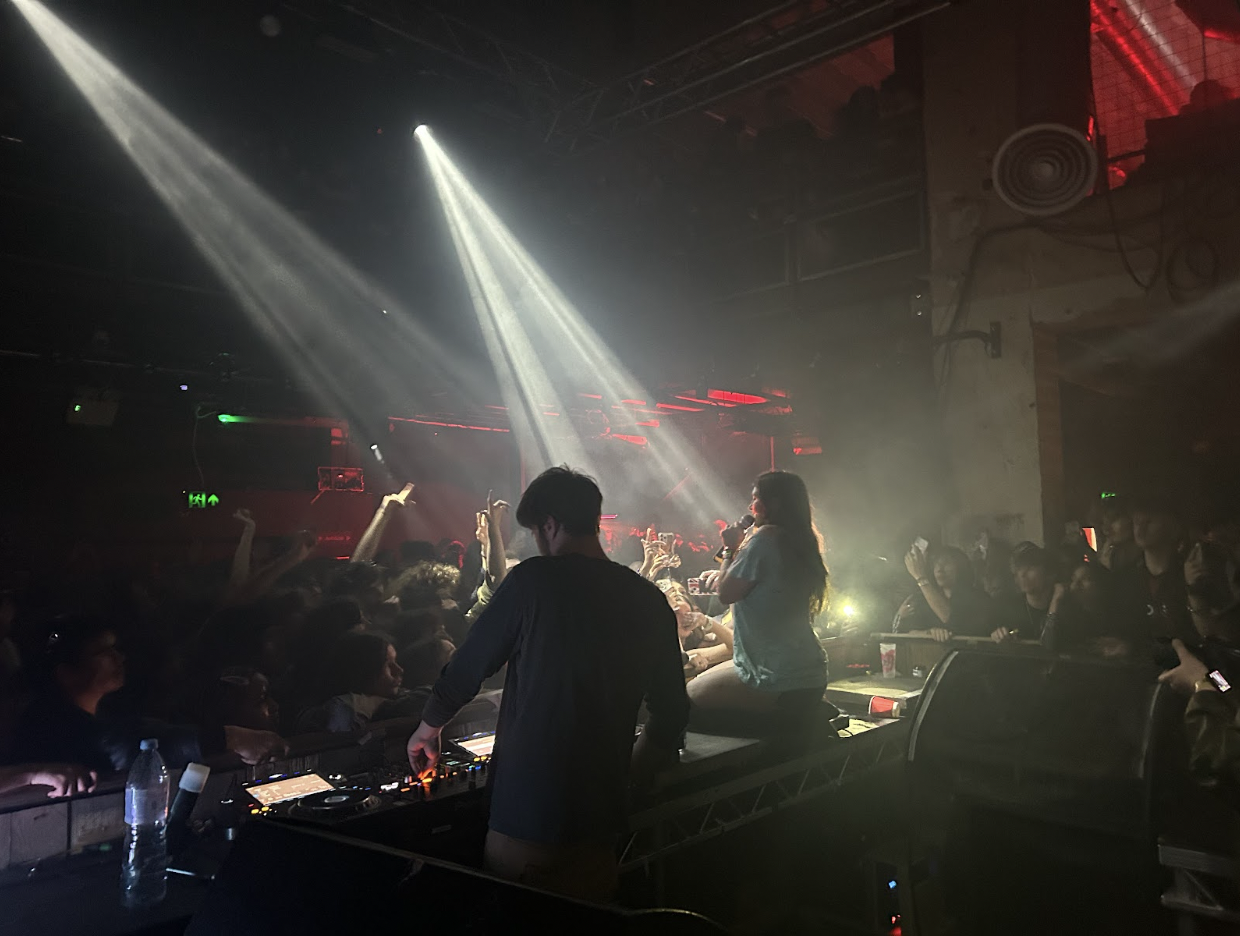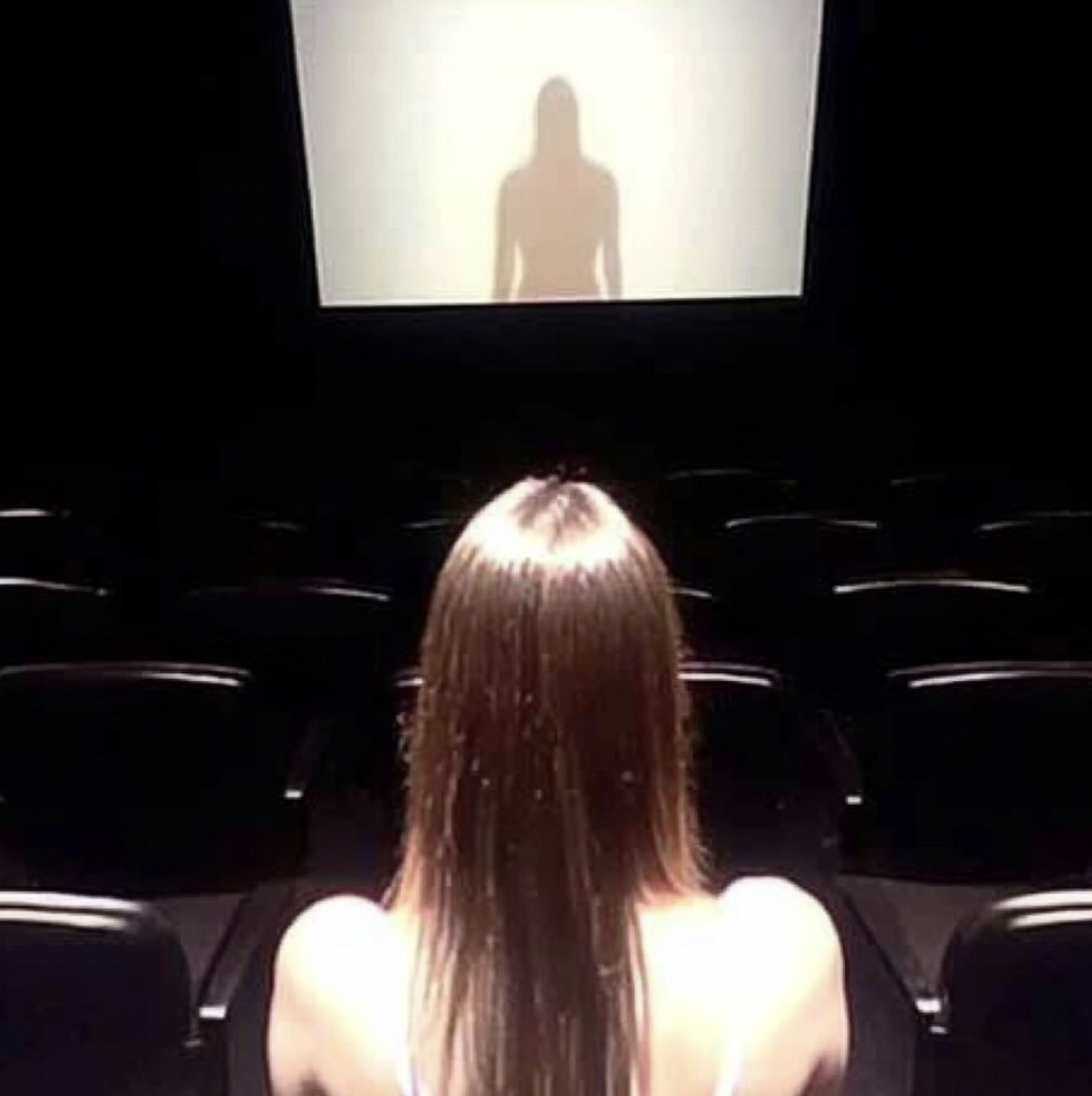Review / 11 June 2025 / By: Sexi Hulk
"Karl Marx & Merlin Carpenter In a Hut" Review of Vintage at Galerie Tenko Presents, Tokyo
Vintage at Galerie Tenko Presents, Tokyo, 15.05.25-29.05.25
In a hut tucked between Shibuya and Ebisu is a new gallery space which opened last month. Well - ‘new’ isn’t quite accurate - but - ‘hut’ is no exaggeration. Since 2022, Tenko Nakajima has been running Galerie Tenko Presents as a nomadic space. These intuitive and nichely curated shows have occurred in locations cleverly orientated for each artists work; these range from a love hotel in Kabukicho for a Louis Backhouse exhibit, or the Hysteric Glamour shop hosting the installations of Argentinian director Amalia Ulman. Now, Tenko has got the keys to her first permanent space. It’s a hut that used to be a bar, that, as Tenko recalls, she had visited as a teenager circa 2015 on electro-swing nights, which, “already, during its peak was considered a bad genre.”
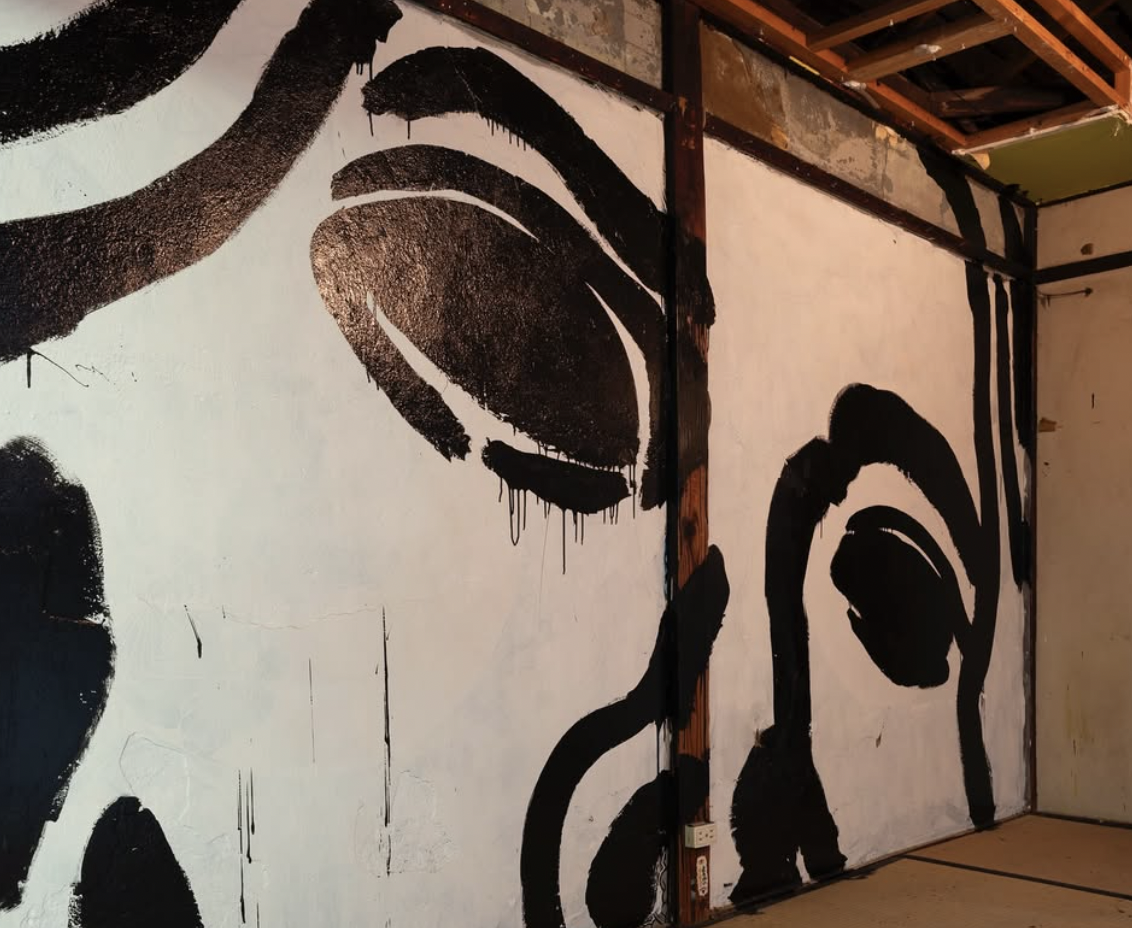
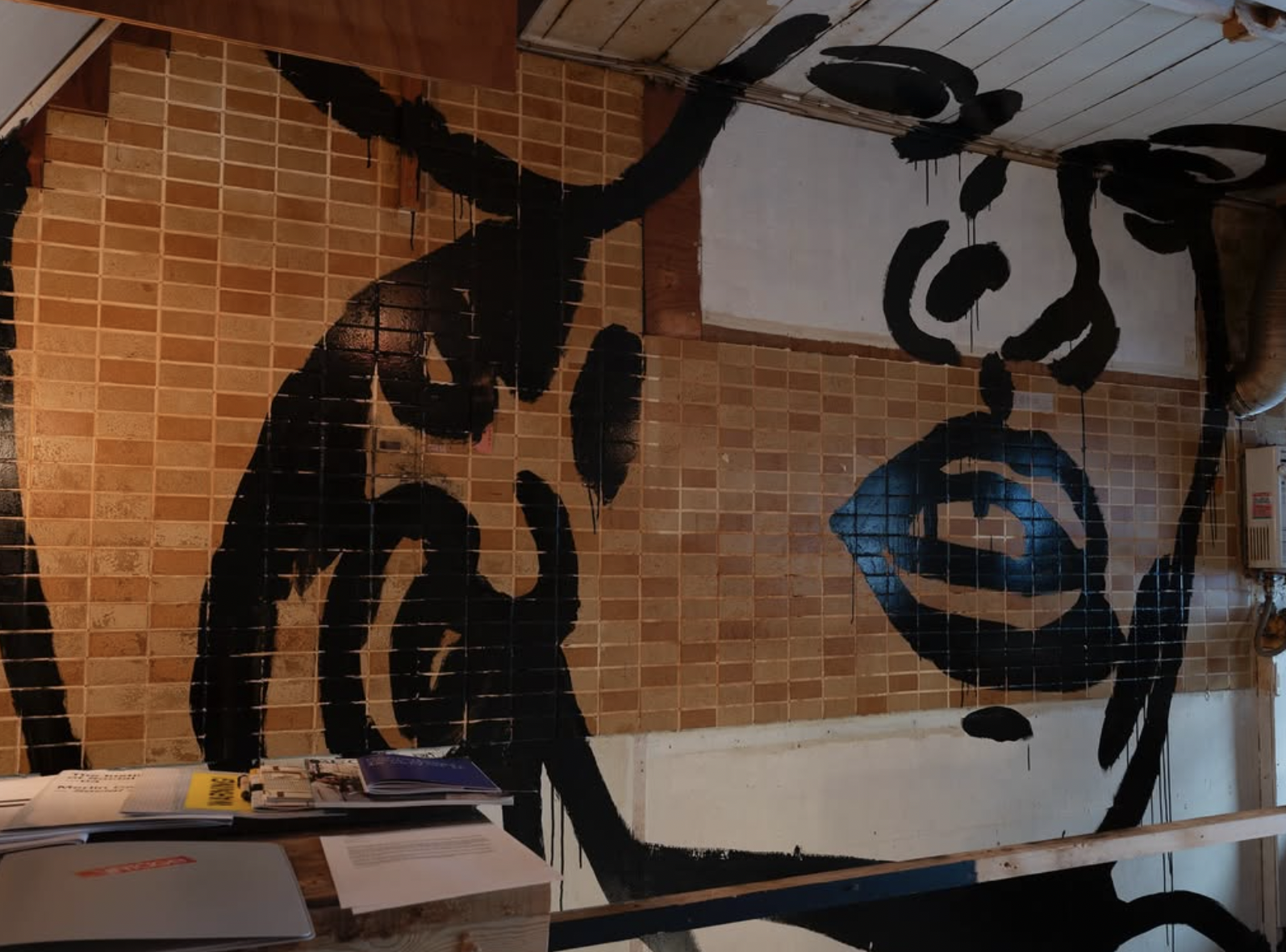
The inaugural exhibit in the space Vintage features installation work by English artist Merlin Carpenter. Tenko describes how she shared a taxi with Carpenter in Busan last year, how they discussed his Marx and Trier drawings - Trier being Marx’s birthplace. Carpenter made these works during a residency in Beijing (perfect) - they struck Tenko as both relevant and vintage. Boom, she goes off about how Tokyo is actually the capital of vintage and preserving the past:
“Vintage stores are treated like museums here, each item is repaired, cleaned and so-curated. I love the thought of the buyers frequenting a suburban Goodwill or Humana once a year, filling up boxes with weathered reunion t-shirts and college jumpers and restoring them to Japanese standards. Then re-selling them at prices surpassing their original tags.”
My first impression of Galerie Tenko Presents caught me standing between a Denny’s and a Starbucks - no Galerie or art kids in sight. I called Greta, a close friend of Tenko’s and I, who had invited me to go with her to the vernissage of Vintage - I’d hopped into a cab straight after my 9-5. She put Tenko on the phone, who apologized and chuckled,
“Of course, I put it wrong in the IG bio - sorry!”. She passed me the right address and I rode another ten minutes in an uber that smelled like citrus Febreeze. The vernissage was supposed to be over in five minutes - but, of course, there was no rush among the group of bright young things mingling and smoking right outside.
Before I could even set foot inside, I was stopped by my dear friends, Yoma (big scar through right eye, even bigger heart) and Carlos (mysterious guy, youtube connoisseur) who took my heavy Longchamp X Jeremy Scott bag off me and handed me a beer. We chatted about everything but art while a cute girl kept on staring at us. I wanted to include her in the conversation, because I felt awkward for her - she seemed to just want to be part of something and so clearly was not. After, I realised she was actually there with Carlos, he introduced her to me, in front of her, as follows: “She’s a Louis Vuitton bag customizer and one time she was commissioned to paint a father kissing his kid on the lips, so she painted this image on the LV trunk, but then LV did not approve of this image and now because of this incident LV only offers selective pre designed customisation.” She nodded her head. I didn’t get her name.
I squeezed past the people, said 'hi' to Tenko who just come back from LA and recieved a quick debrief of all that happened, could have happened, but did not, on her trip. She was wearing a cute beige matching set and was serving beer behind the bar with her mom, Hanayo an acclaimed experimental artist. Finally, I find Greta, she is chatting to a guy called Alex (never met him before, celine vintage bag, skinny pants, is offended about me asking if he works an office job) about her new loaded Glock 19 tattoo on her thigh. It’s big and sore and dope. “It’s the first gun I shot.” she says. She had gotten it to cover a tattoo she’d grown tired of.
I escape the conversation by climbing up the wobbly wooden ladder to the top floor of the gallery (I shall not be able to wear any of my outrageous heels to the next show). The uppermost floor looks like an abandoned Japanese bedroom. Partly falling apart; quite charming. Carpenter has painted his black, thick-stroke faces not on canvases, but on the gallery’s walls. Sprawling, with no boundaries, over the wood and metal inserts. Open Territory. It will be interesting to see how it interacts with the work of following exhibitors, like the second intervention in the space, by Jay Chung and Q Takeki Maeda, **Hanshan Shide.
A selection of Carpenter’s 2006 pencil sketches on paper lean against the walls in glass frames. My favourite, Trier (Beijing) 2 (2006) depicts a group of Karl Marx busts. They all look mad. It makes me think of when Beijing gifted the city of Trier a statue of Marx for his 200th birth year anniversary in 2018, and Trier was reluctant to accept the offer. Now, the statue stands, a 4.4-metre bronze statue, just off the main street.
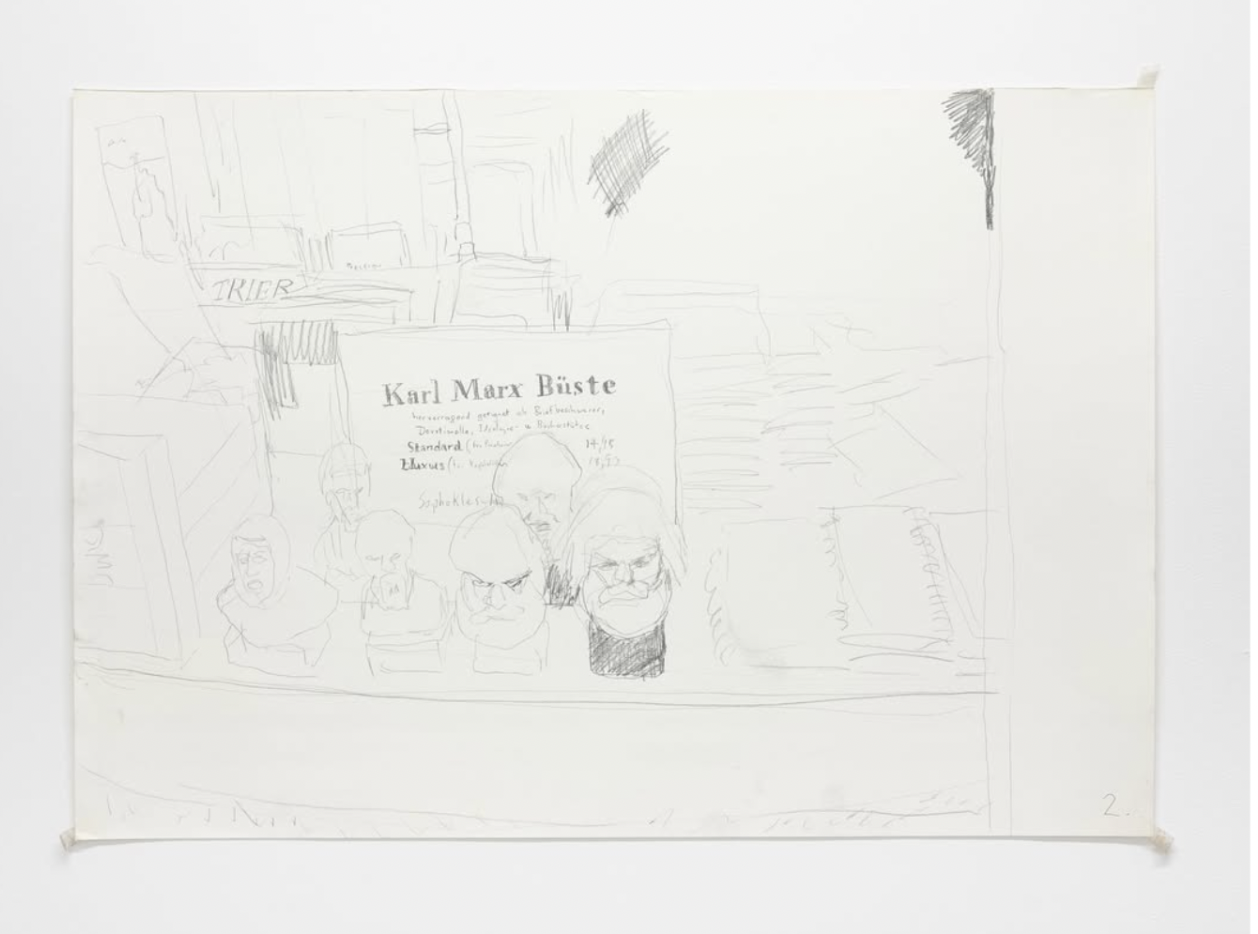
Merlin Carpenter glided past the crowd like a wizard, his long hair flashing white-grey-brown as he snapped photos of us with a tiny camera. Carpenter’s entire career hums with political tension. Grounded in Marxist materialism, his work tears through the illusion of artistic autonomy, laying bare the art world’s unavoidable entanglement with capitalism. He doesn’t soothe; he sabotages. One of my favourites? Communism Time for a Bath (2003), a repurposed BlackBerry Alpen cereal box.
I climbed back down. The vernissage was over. We all walked off together to find an izakaya big enough to hold us all. I was overwhelmed, and Greta was overwhelmed, so she suggested we should Irish exit. We did so. Then she changed her mind, “Wait, let’s say bye,” so there we went back and said bye. The weakest Irish exit ever. I lit a cigarette on my way home with my new Tenko Presents lighter. It has a quote on the back, which I’d forgotten. I just looked it up on Tenko’s webshop. It says: “I wasn’t expecting to enjoy this and I am not.” I don’t know who you are, Georgie, but thanks.
